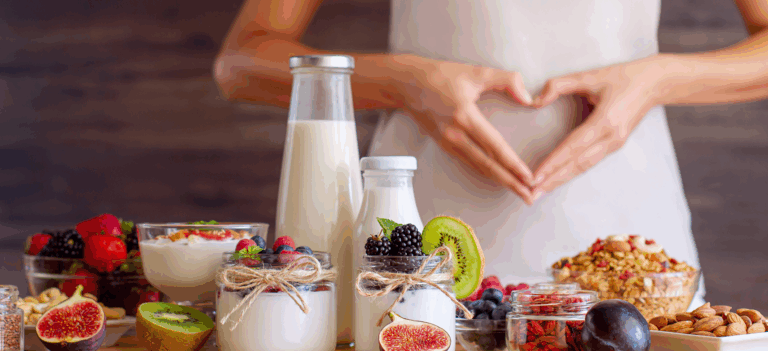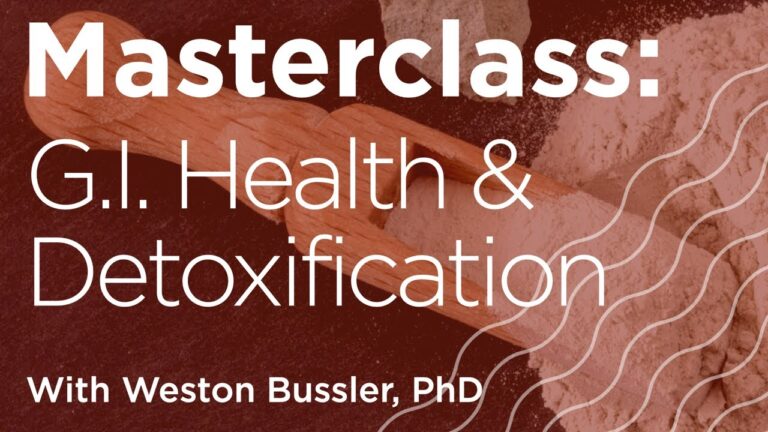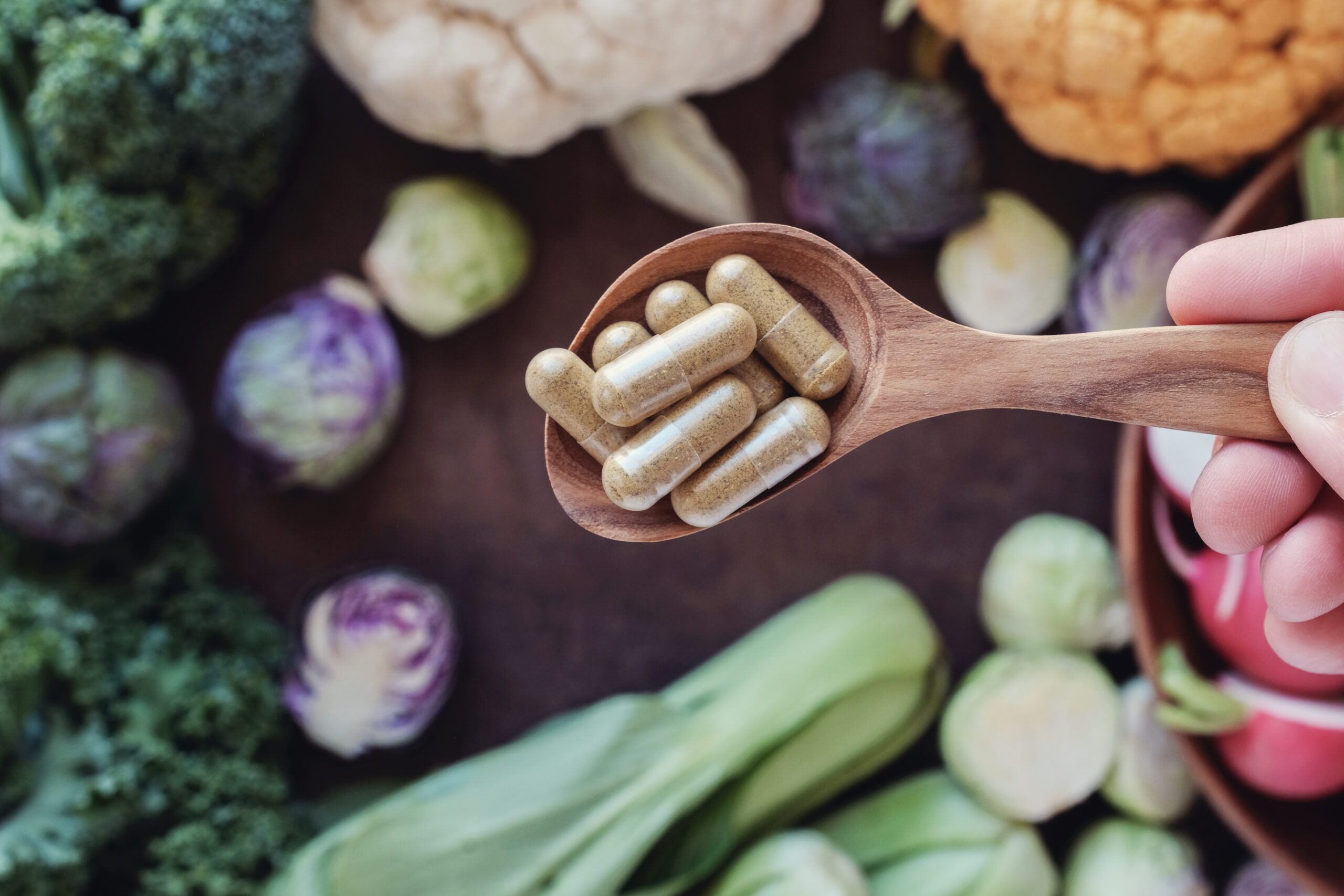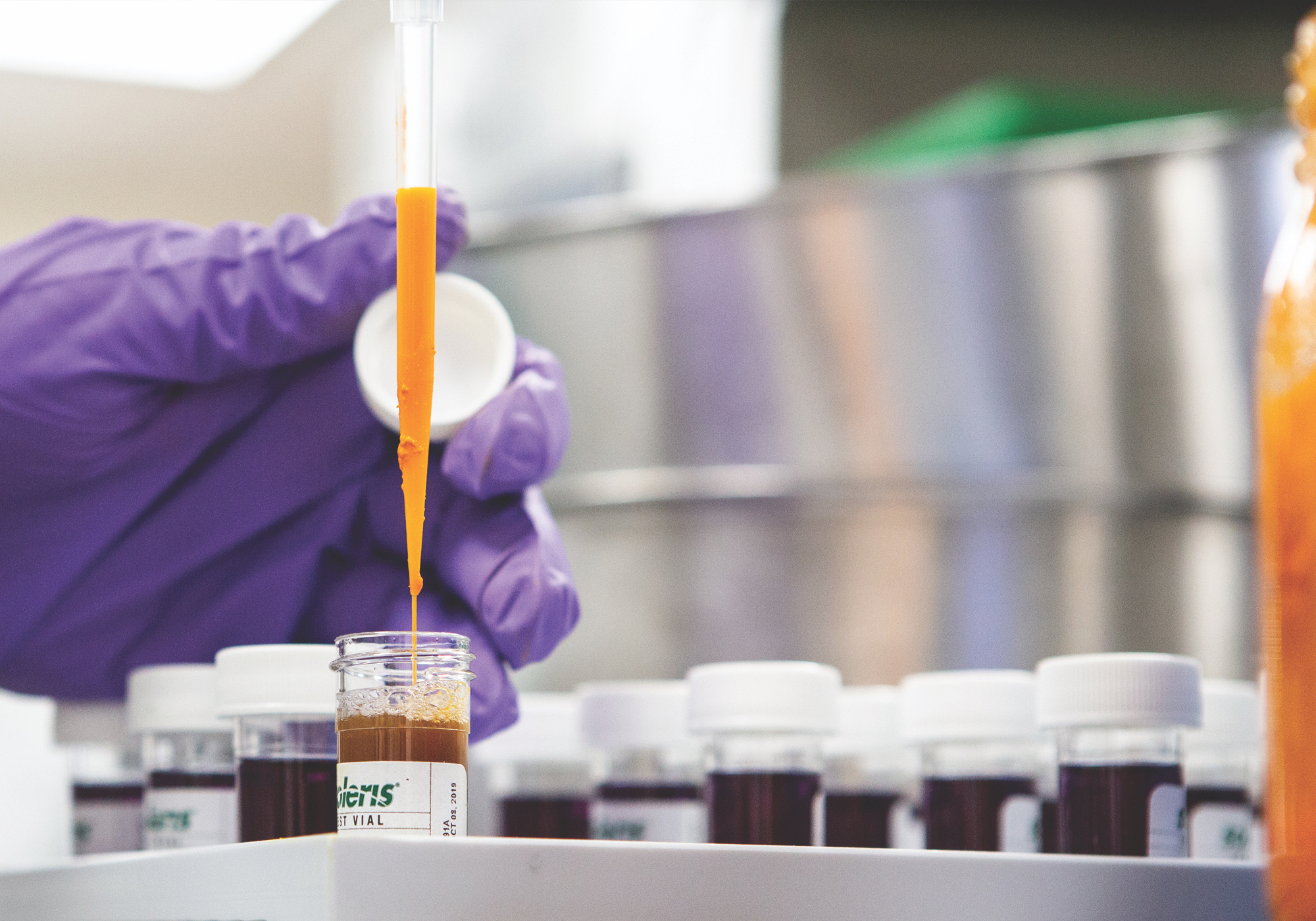Scientific name:Zingiber officinalis
Constituents:
- Volatile oil: zingiberene, ar-curcumene, b-bisabolene, β-sesquiphellandrene & geranial (citral)
- PhenolicsL gingerols & shogaols, gingerdiols, zingerone and ginger-diones
- Oleo-resin
- Starch, proteins, lipids & amino acids
- Enzymes (fresh)
Medicinal actions:
- Anti-emetic
- Anti-inflammatory
- Antioxidant
- Antimicrobial
- Antispasmodic & Carminative
- Anti-thrombotic
- Cardiotonic
- Diaphoretic (Peripheral circulatory stimulant)
- Hepatic (Choleretic & Cholagogue) & Hepatoprotective
- Hypolipidemic
- Rubefacient
Mechanism of Action & Pharmacology:
- The pungent (hot) principles are mainly due to phenolic compounds, gingerols and shogaols. Shogaols are more pungent than the gingerols, and they appear to be mainly formed as the oleoresin ages, is dried, or heated.
- Gingerols and shogaols have been identified as the main anti-emetic compounds, yet the full mechanism is still not completely understood. Both appear to interact with several pathways that are implicated in Chemotherapy-Induced nausea and vomiting (CINV) in addition to pathways that could play secondary roles by exacerbating symptoms. These include 5-HTP, substance P and acetylcholine receptor antagonism, anti-inflammatory properties, and modulation of cellular redox signalling, vasopressin release, gastrointestinal motility, and gastric emptying rate.
- Gingerols have been found to increase uptake of calcium by the myocardium and enhance the force of contractions, and also have hepatoprotective, anti-inflammatory, antioxidant, and antiseptic properties in vitro, as well as promote gastric secretions and motility. Antiplatelet action of gingerol appears mainly due to the inhibition of thromboxane formation.
- Volatile oil contains a large variety of terpenoids, some of which possess anti-cancer, anti-ulcer, and antioxidant, anti-cholesterol, antioxidant, analgesic, rubefacient and antispasmodic properties.
Pharmacy:
- Infusion
- Tincture
- Capsule
- Fresh
- Topical as compress, cough syrup or candied
Safety & Toxicity Concerns:
- Best taken with food, as high doses can cause heartburn and gastric upset.
- Topically may cause contact dermatitis and photosensitivity.
- Use caution in those with sensitive stomachs as will not always tolerate, and especially with ulcers, GERD, gallstones, kidney disease, bleeding disorders and tendency to hemorrhage. Avoid pre-operatively.
- Pregnancy & lactation about culinary amounts (2 g/day) (controversial).
Interactions:
- Potentially increases absorption of all drugs.
- May increase effectiveness of antiplatelet and anticoagulant drugs and risk of spontaneous bleeding, and may produce synergistic antiplatelet effects with nifedipine.
- Theoretical interactions with anti-arrhythmics, anti-diabetic agents, and anti-hypertensives.
- May decrease effectiveness of antacids.







